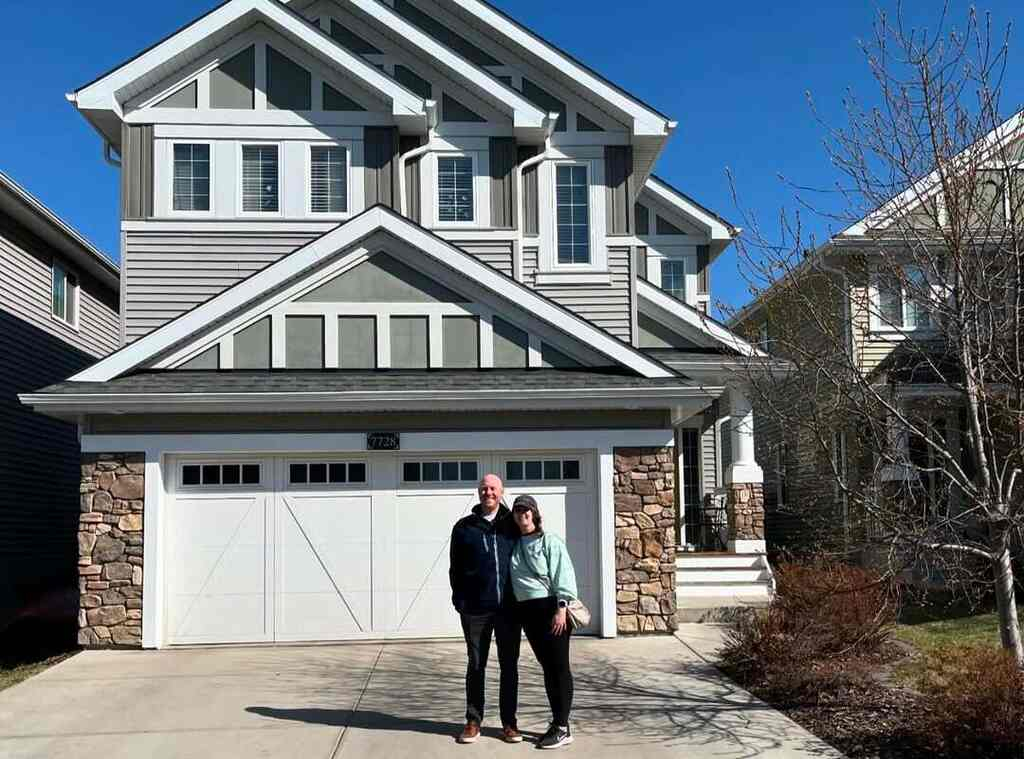Moving into a new home is an exciting yet challenging experience, filled with opportunities to create a space that truly feels like yours. To quickly transform your new environment into a cozy haven, focus on personalizing spaces with familiar items that hold sentimental value, such as photos or favorite decor pieces. This intentional effort will help bridge the gap between the unfamiliar surroundings and the comfort of home.
The right lighting can dramatically influence the atmosphere in your home. Soft, warm lighting can instantly make your space feel inviting and comfortable. Consider adding elements like floor lamps or string lights to enhance the ambiance. This technique helps create a tranquil retreat where you can unwind after a long day.
Engaging with your new community is just as important as settling into your home. Building relationships with neighbors not only helps to ease your transition but also contributes to a sense of belonging. Taking the time to explore your neighborhood and participate in local activities can foster meaningful connections and make your new environment feel more like home.
Creating a Functional Space
Achieving a functional space in your new home involves careful planning of furniture arrangement, strategic storage solutions, and thoughtful design. Each plays a crucial role in enhancing both the usability and aesthetics of your living environment.
Furniture Arrangement
Consider the purpose of each room when arranging your furniture. In the living room, ensure comfortable and inviting seating with a suitable arrangement of sofas and chairs. Keep pathways clear to facilitate easy movement, enhancing both safety and functionality.
For the bedroom, position the bed to maximize space and allow for easy access to storage areas. In the kitchen, the work triangle—connecting the sink, stove, and refrigerator—should remain unobstructed to optimize efficiency. Thoughtful furniture placement not only improves the room’s function but also its flow and feel.
Storage Solutions
Effective storage is essential to maintaining an organized home. Invest in multi-functional furniture like ottomans with hidden compartments or beds with built-in drawers. These help maximize space without sacrificing style or utility.
Use vertical space by installing shelves or tall cabinets. In the kitchen, magnetic strips for knives and racks for pots keep counters clear. Closet organizers can significantly improve storage efficiency in bedrooms or entryways. Opt for storage solutions that blend with your home’s design to keep the space cohesive and uncluttered.
Design and Aesthetics
Emphasize a design that balances aesthetics with purpose. Choose a color palette that reflects your personality while promoting a sense of calm and comfort. Neutral tones often provide a versatile backdrop that enhances any style.
Incorporate elements such as plants or art pieces for added charm without compromising functionality. Lighting is also key; use a mix of ambient, task, and accent lighting to create an inviting atmosphere. Consider both the form and function of each design component, ensuring every element contributes to a harmonious and practical environment.
Establishing a Homely Atmosphere
Creating a welcoming environment in your new home requires thoughtful attention to your surroundings and connections. By fostering well-being, enhancing outdoor spaces, and engaging with your community, you can make your new residence feel like home.
Cultivating Well-being
A significant step in making your new home feel cozy is to cultivate a sense of well-being. Personal comfort can be enhanced by strategically placing familiar items such as family photos or favorite artwork around your living space. These items invoke cherished memories and offer emotional comfort.
Consider using soft, warm lighting which can drastically change the mood of your space, making it inviting. Adding plants can improve air quality and add a touch of nature indoors. Scented candles or essential oils with relaxing fragrances can create a calming atmosphere, promoting relaxation and peace of mind.
Organizing your space to reduce clutter can also help in creating a serene environment. A tidy and organized home can prevent stress and make your living space more enjoyable and restful. Prioritize areas where you spend the most time, like your bedroom or living area, for immediate comfort and tranquility.
Outdoor Spaces
Your outdoor area is an extension of your home and can be transformed into a comforting retreat. Setting up a small garden or even a few potted plants can enhance your outdoor space’s beauty and provide an opportunity for relaxation and recreation. If you’re a travel enthusiast, you might find inspiration for your outdoor space from the relaxing atmospheres found on cruises.
Consider investing in comfortable outdoor furniture to enjoy your surroundings fully. Simple additions like a hammock, a patio set, or an outdoor rug can make the area more inviting. Adding ambient outdoor lighting, such as string lights, can make this space usable during evenings, creating a cozy setting for relaxation or entertaining guests.
Using natural elements like stone, wood, or water features can also create a serene environment outside your home. This not only enhances the aesthetic appeal but also promotes a connection with nature, reinforcing the homely atmosphere.
Community Engagement
Building connections with the community can significantly influence how homely your new residence feels. Participating in local events or activities is a great way to meet neighbors and build friendships. Neighborhood associations often organize gatherings or social events that provide opportunities for interaction.
Volunteering can also foster a sense of belonging. Contributing to community projects or events helps integrate you into local life. This involvement can increase your comfort level and make you feel more at home.
End Note
Engaging with nearby amenities such as parks, libraries, or local businesses allows you to explore your neighborhood and develop a familiarity with your surroundings. If you’re considering expanding your travel options, you might want to explore second passport options. This familiarity often promotes a deeper sense of comfort and belonging in your new home.

